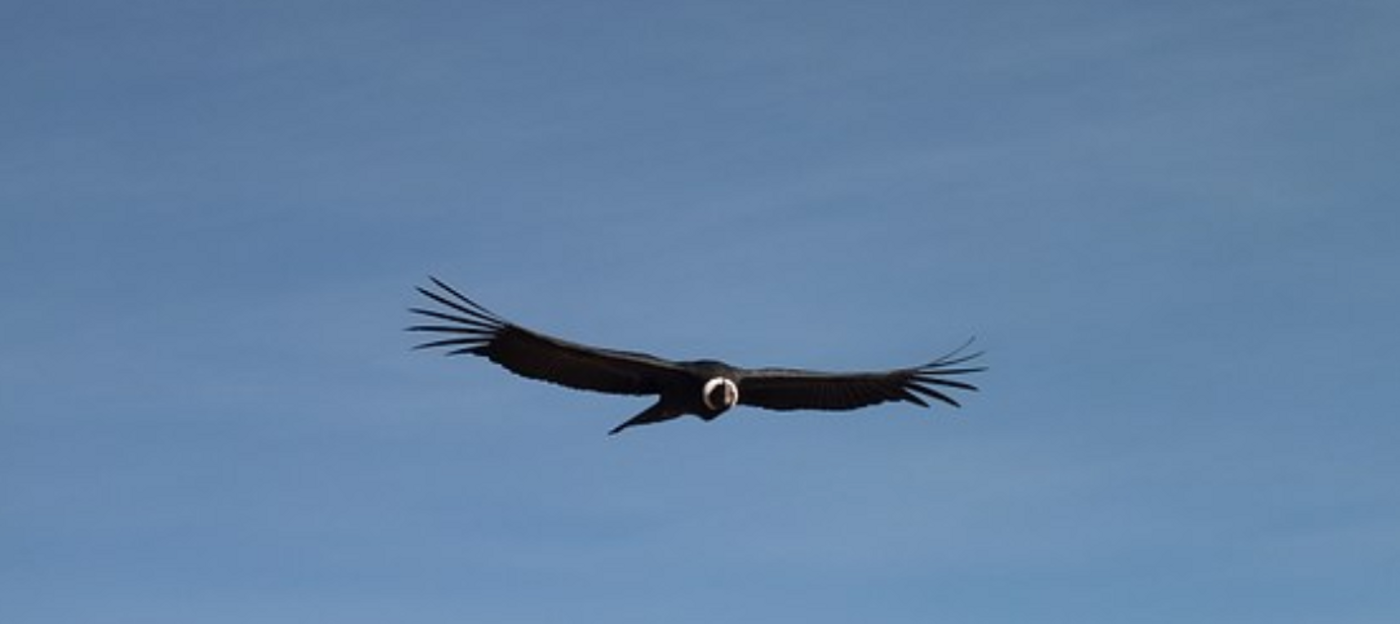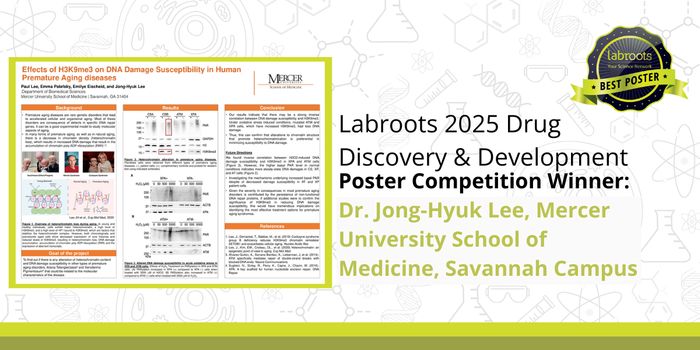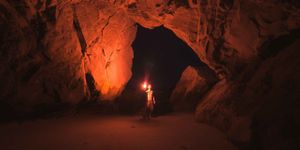Female Condors Reproduced Asexually Even Though Males Were Available
Some animals can produce offspring from an unfertilized egg in an asexual reproduction process known as parthogenesis. When this is the standard process for a species it's said to be 'obligate' and when it occurs only under certain circumstances it's called facultative parthogenesis. In a first for the species, facultative parthogenesis has now been documented in California condors.
The California condor was once critically endangered, and the species reached a low of only 22 members in 1982. At that point, a captive breeding program began, and the wild animals were captured and brought to breeding centers to save the species. Scientists have used genetic tools to try to avoid mating related birds, and the program has produced over 1,000 chicks. As of 2019, there were 219 captive and 306 free-flying California condors in the American West.
Recently, researchers began to examine the genetics of these animals in more detail. According to the California Department of Fish and Wildlife, there are thirteen birds that are considered "founders" of the population, and these birds represent three genetic groups, or "clans."
A new study conducted an in-depth genetic analysis, and revealed that 2 condors have been born that carried only maternal DNA - there had been no genetic contribution from a father. The work has been reported in the Journal of Heredity.
The females produced these chicks independently, and both did so even though they lived with males that they had bred with at other times.
Both of the chicks have now died. One of them grew well enough to be released into the wild when it was 559 days old, but it perished at 718 days, before reaching sexual maturity. This bird probably died because it had not integrated well with birds in the wild and wasn't getting enough food. The other bird was never big enough to be released. He remained about 20 percent underweight throughout his life, had scoliosis, and was a submissive bird that did not attempt courtship. This condor died due to complications following a medical procedure.
Deformities have been observed in other animals born from parthogenetic reproduction, but since the condor parthenotes cannot be examined, no conclusions can be drawn about how the mode of reproduction impacted viability in these animals.
Sources: Science News, Journal of Heredity









